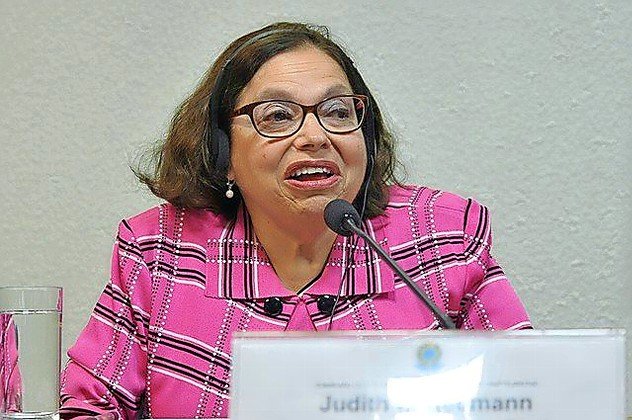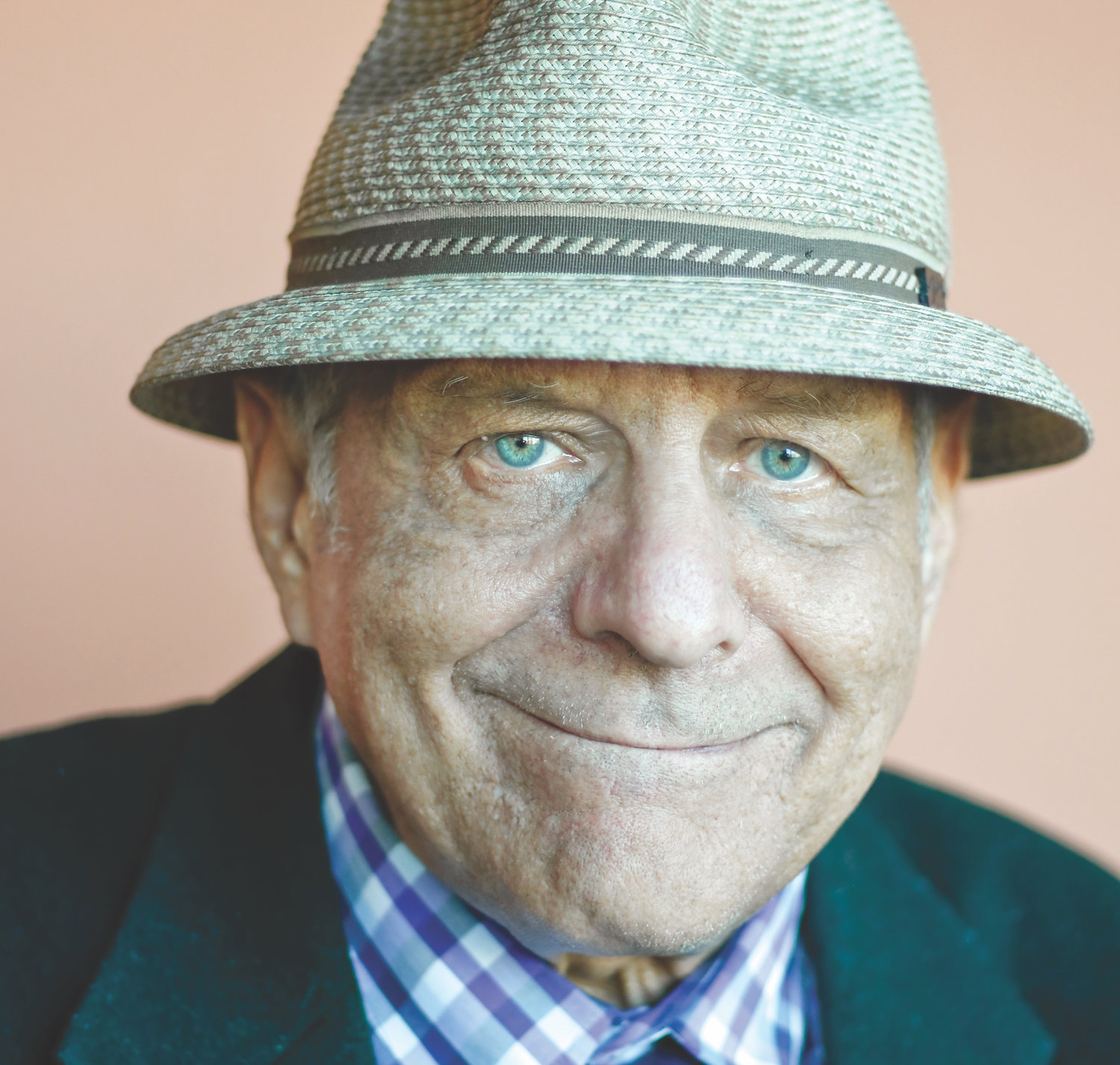Remembering Heumann, whose life was a blessing
See also: ‘Jewish mother’ of disability rights movement
My friend Judy Heumann died March 4 in Washington DC, where she lived. Her name might not mean too much to many of you. But to thousands — and I do meant thousands — of people who struggle every day with physical disabilities, her name is gold.
I met Judy when we were students at Long Island University’s Brooklyn Center. I worked on the college newspaper, Seawanhaka, and she was a ferocious member of the student council.
This is Judy’s story. I never wrote about her, but it’s time I did.
She was 18 months old when she was diagnosed with polio. She spent her entire life in a wheelchair. At LIU Brooklyn, she wheeled faster than most of us walked. She rolled into the college newspaper office filled with arguments, always ready for a duel, whether with the paper, the faculty or the administration. The fights, although fierce, always ended with a smile and a laugh.
When she graduated in the early 1970s with a BA in speech and theater, she wanted to teach in a public school. The New York City Board of Education turned her down because she was in a wheelchair. Never willing to give in, she sued the city. The New York Times wrote a front-page story about her case, and the Times editorial board backed her. Then Mayor John Lindsay voiced his support.
She won her case, and never stopped winning.
I remember long late-night chats with her in those days, with me worrying that she would lose the case, and she expressing only confidence. She became the first New York City schoolteacher in a wheelchair.
In the late 1970s, she moved to California, there to take on the federal government on behalf of disabled people. Joseph A. Califano Jr., the US Secretary of Health, Education and Welfare under President Jimmy Carter, had been slow to implement President Nixon’s Rehabilitation Act, which outlawed discrimination by any institution receiving federal money.
Judy wanted to light a fire under Califano, and organized a mass demonstration, occupying the San Francisco office of HEW for almost a month in what has been described as the longest non-violent demonstration of a US building in American history.
I urged Judy to be careful, but that word was never in her vocabulary. San Francisco’s mayor at the time, George Moscone, sent over mattresses. The Black Panthers delivered ribs and fried chicken. Judy won. Califano got moving on legislation to benefit the disabled.
Later she wound up in Washington, working for the Senate Committee on Labor and Public Welfare (now the Committee on Health, Education, Labor and Pensions). In 1993, she became assistant secretary of the office of special education and rehabilitation services under President Bill Clinton, a post she held until 2001.
These were busy and heady times for Judy, and she would whisk into New York, call from the airport and promise to meet “the next time” she was in. At least, I thought, we never lost touch.
Her whirlwind life never stopped. In 1970, she had formed an organization called Disabled in Action, which is now international in scope. She traveled the world, advocating for the rights of the disabled.
She became good friends with Hillary Clinton, and accompanied the first lady on her trip to China in 1995. After working in the Clinton administration, she was an adviser, fellow, or board member with organizations such as the World Bank, the Ford Foundation and Human Rights Watch. She somehow found time to meet and fall in love with Jorge Pineda, who was also in a wheelchair.
As a youngster, Judy was a camper and a counselor at Camp Jened, a camp for disabled children in the Catskills. In 2020, the place became the subject of an Oscar-nominated documentary movie, “Camp Crip,” which starred Judy. In a newspaper interview, she described the camp as a “playground,” but also said it had a bigger meaning.
“It was a liberating time,” she said. “We could be ourselves, and it absolutely helped formulate futures.”
I would not see much of Judy during those hectic years of hers in California and Washington, but she was really never far from my mind. I remembered those long-ago late-night talks, when she was so full of optimism. How, I wondered, how could she be?
But now I know. Whenever I think I can’t do something — anything — I think of Judy.

 50.0°,
Overcast
50.0°,
Overcast 








